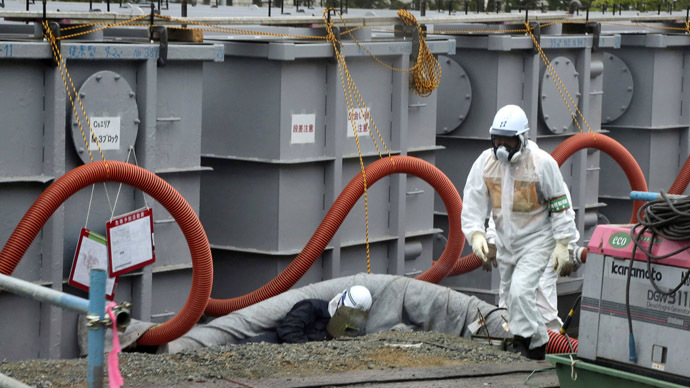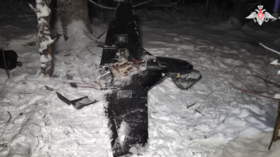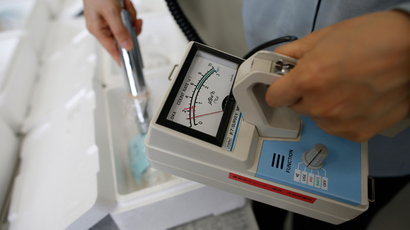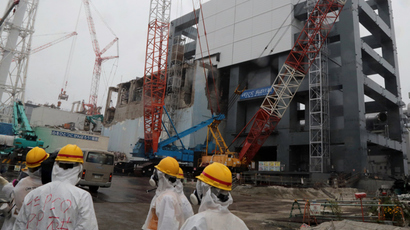$58 billion: Fukushima decontamination outlay to rise by six times

Costs of clearing up pollution left by the accident at the Fukushima nuclear power plant could total $58 billion dollars – nearly six times as much as currently allocated by the Japanese authorities, according to a new government-backed study.
The National Institute of Advanced Industrial Science and
Technology claims that decontamination will cost at least 3.13
trillion yen ($32 billion) and the sum could rise to 5.81
trillion yen ($58 billion). The current state budget earmarked
for the clean-up is only one trillion yen.
The potential variations are accounted for by “the effects of
several decontamination scenarios,” say the authors. In one
scenario, the contaminated earth which stretches for tens of
miles around the half-destroyed plant could be turned over. In
another, it is to be transported in huge quantities. The price
will also depend on how many of the 300,000 people displaced by
the tsunami and earthquake disaster in March 2011 will choose to
return to their old residential area.
While estimates for the clean-up keep being revised upwards,
actual work has been held up by bureaucratic wrangles.
Local prefectures are in charge of deciding which de-pollution
measures need to be taken. The government pays for the immediate
operations and then presents the bill to TEPCO - the troubled
operator of the power plant. This has created a three-way
struggle.
The government retained 60 per cent of the $2.5 billion allocated
for decontamination last year, after local authorities failed to
prove that their measures were necessary or complied with
environmental standards. In turn, TEPCO has refused to pay more
than three-quarters of the expenses it has been charged with,
citing “ambiguous” environmental standards.
"The clean-up processes will speed up only if the municipal
governments are given the authority to make decisions," an
unnamed official told Asahi Shimbun newspaper earlier this month.
Meanwhile, TEPCO itself continues to attract bad publicity after
a delay in publishing an internal study which showed that
radioactive groundwater was still being leaked from the
contaminated soil into the sea near the Fukushima Daiichi plant.
The finding came just days after TEPCO reassured the public that
the water was safely enclosed. The government has labelled the
company’s behaviour as “deplorable.”
Steam has also been seen emerging from one of the damaged
reactors on three occasions, sparking further fears about the
state of the wrecked plant.














